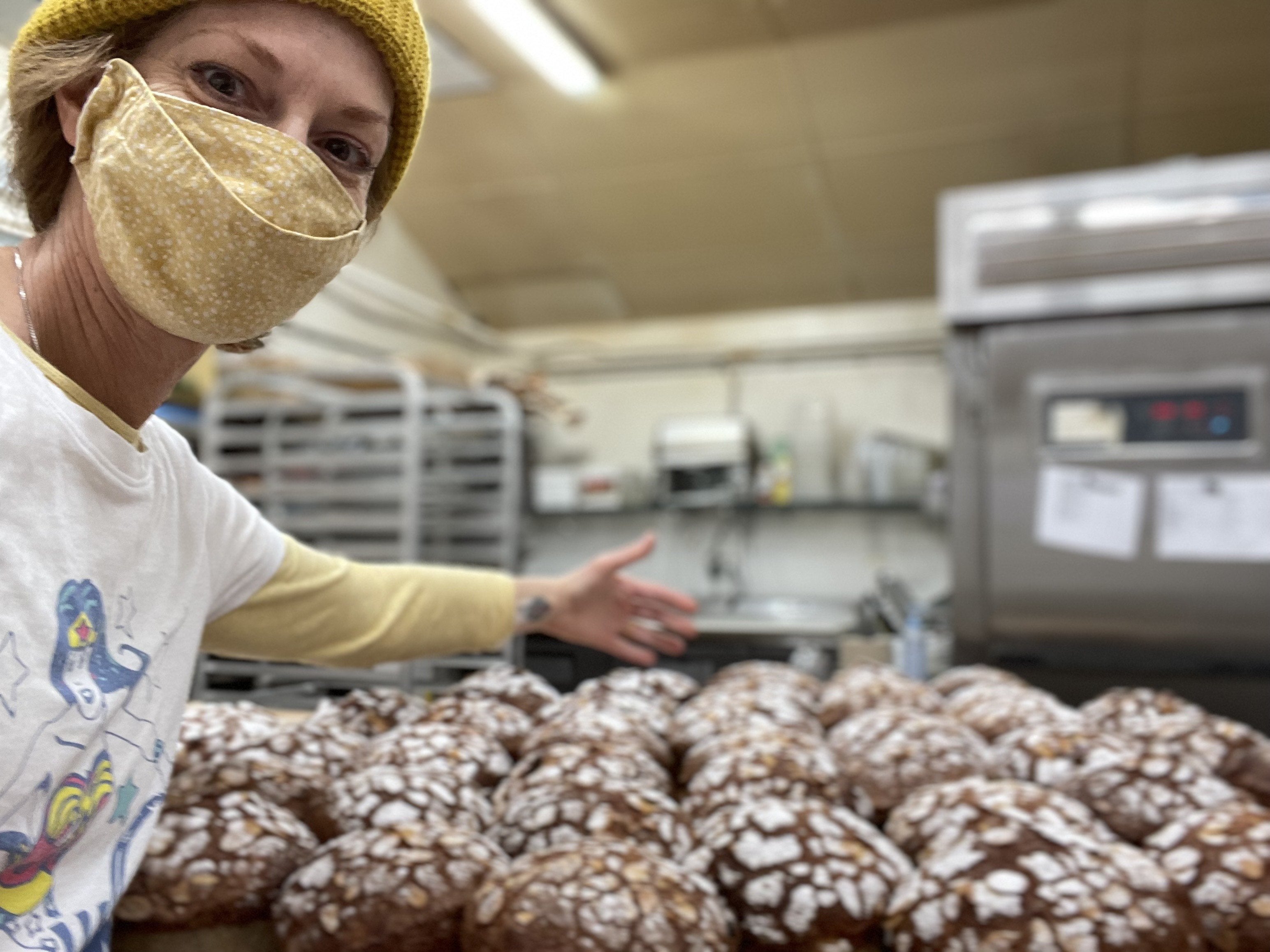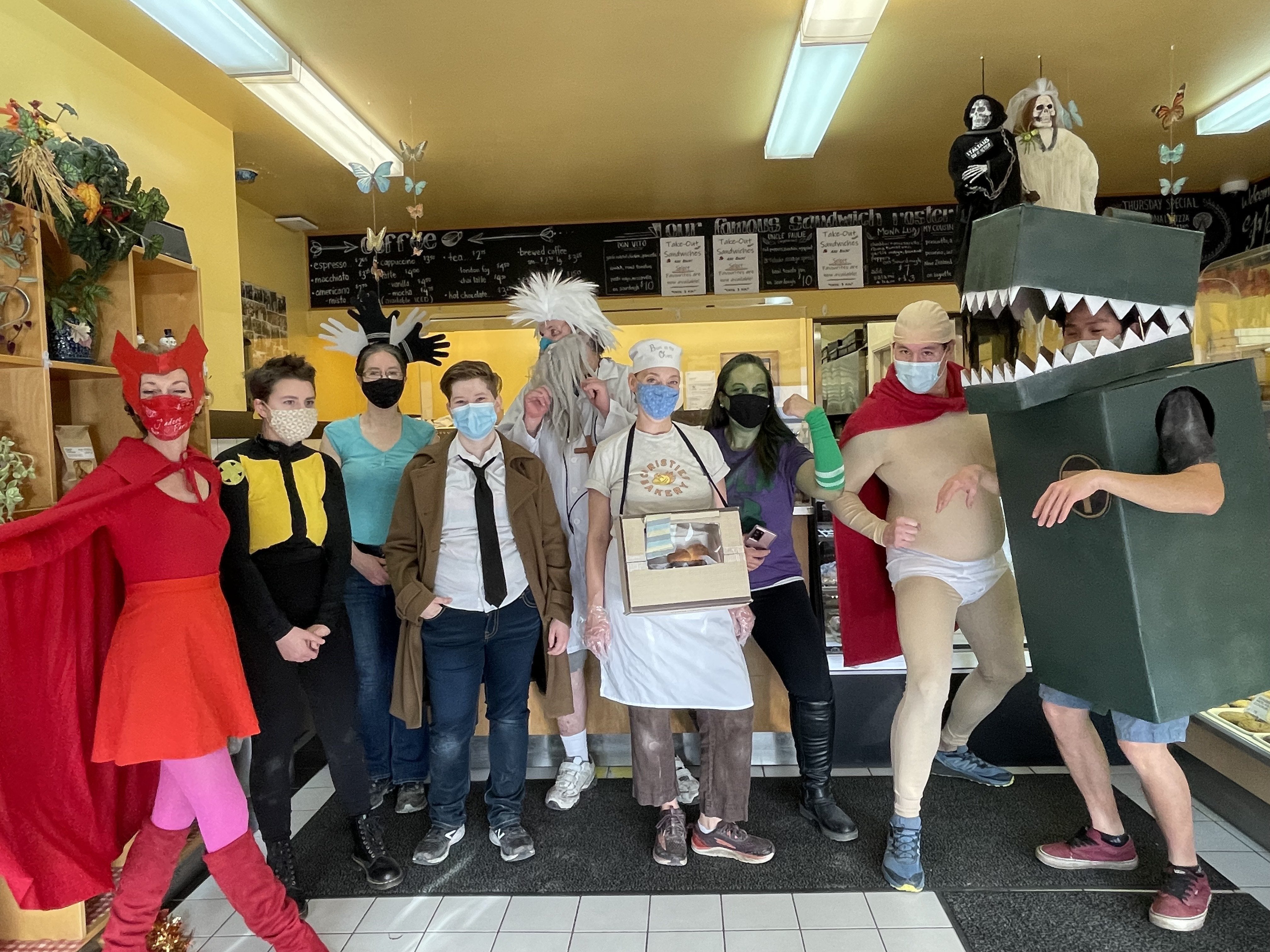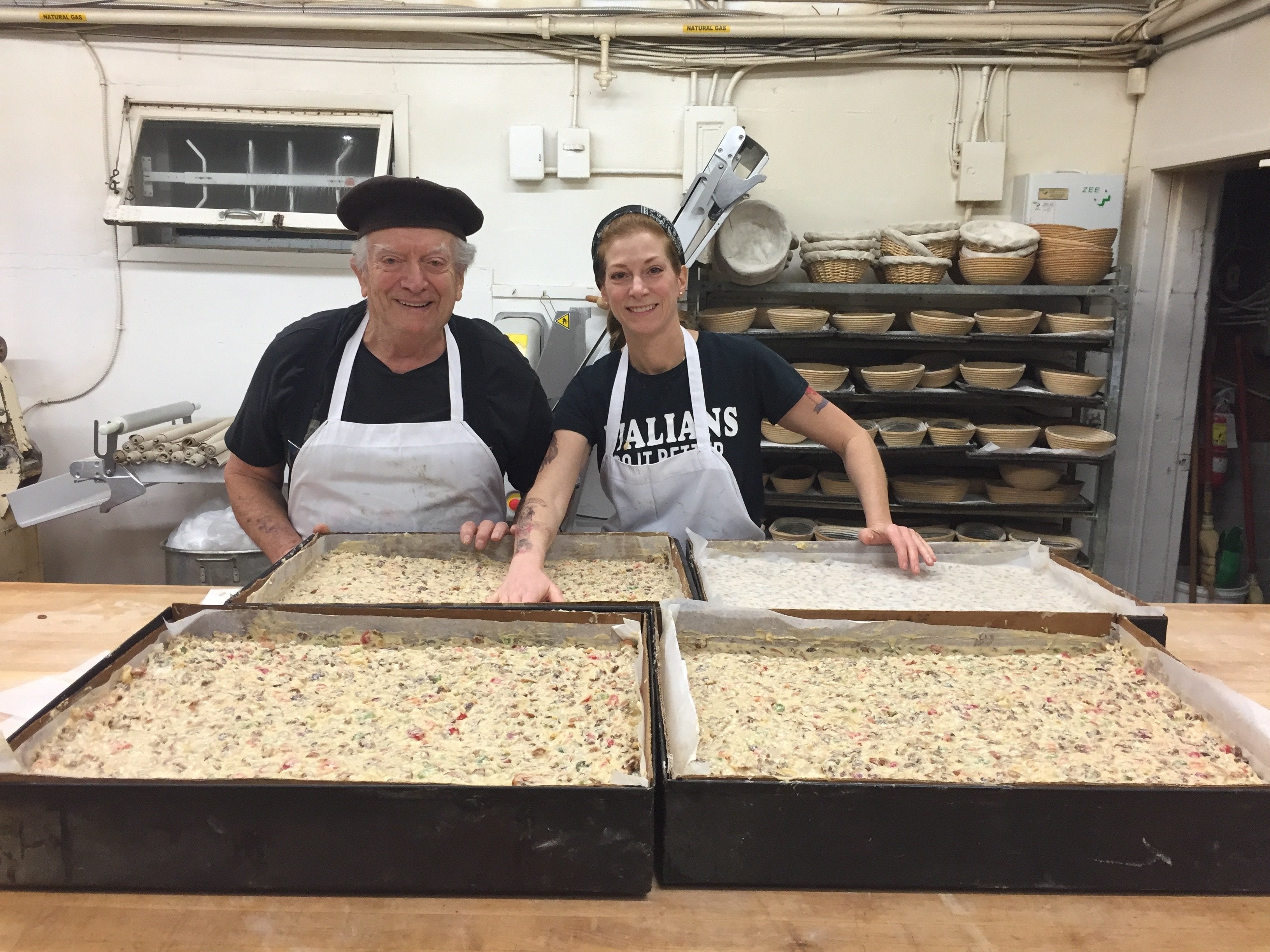What Makes Our Panettone Special

Making Panettone is a loving and personal process. In the beginning of November, I brought to life my very special “Italian sourdough” which is cultured specifically for our Panettone. This year, I named her "Ingrid". She will be on a consistent and frequent feeding schedule throughout the holiday season, gotta keep her healthy!
When we took “Ingrid” for a spin and made our first batch of Panettone, it turned out great! We launches a new, smaller size this year, and I am super excited about it. It’s adorable and perfect for gifting to a friend or loved one. I enjoy it pretty much every Sunday morning through the season with a cup of coffee. Of course we also have the traditional larger size too, perfect for the whole family!
For those that are interested, I wanted to share some insights into how this beautiful, cake-like, bread is made.
As I mention above, it begins with the creation of a special sourdough culture called ”The Italian Starter”. The culture is a stiff dough, fed with warm water every 4 hours. The culture gives a strength and a sweet flavour to the dough. Once the starter has been cultivated, it is time to begin mixing and fermenting the first dough. Due to the high amounts of sugar and butter the dough needs to be built up in stages. It will then ferment for 12-17 hours. Once the first dough is properly fermented, we can begin mixing and fermenting the second dough, which is built with the first dough.

Once the second dough is fermented for about 90 minutes we can divide, shape and proof the Panettone. It takes around 6 hours to proof.
Due to the delicate crumb structure of this cake-like bread, it must be cooled upside down so that the bread will not collapse. In Italy, these devices are called Pinzes. We use very sharp metal skewers for our Pinzing process. Once the Panettone cools, we top it off with a special blend of almond flour, cocoa butter, vanilla and finely sliced almonds.
The process of making Panettone requires experience, diligence, care, keen observation, and a great deal of time. Although I've made Panettone for many years, I never feel like I'm fully the master of the craft. However, when we get it right, the results are amazing. It's a sweet buttery, and rich dough, and because it is hung upside down, it's also light and airy — a delicious Christmas treat!
Want 10% off your next order? Sign up for our newsletter!
Follow us on Instagram and Facebook
Have a fond memory of Christies Bakery? Send us an email at info@christiesbakery.com!





